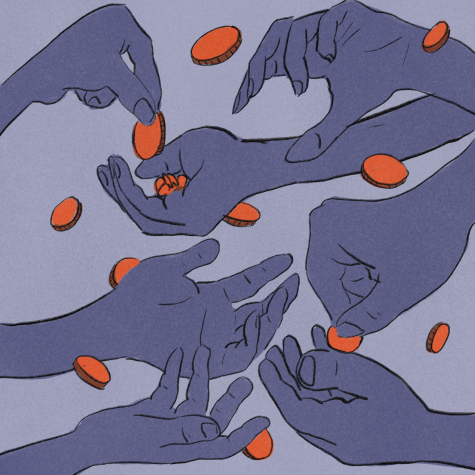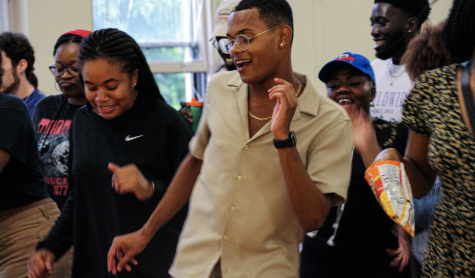Capoeira
Capoeira — a game, a martial art, and a dance — represents a legacy of Black-embodied liberation. While the art form was transplanted from places like the Democratic Republic of the Congo, Afrika, during the transatlantic slave trade, Brazil is the home of Capoeira. For centuries the movements of the discipline developed from the struggle against chattel slavery and apartheid. Capoeira can easily be disguised as a dance — an expression of the inner child. But as a Capoeirista articulates their Ginga into a Meia-lua, with breathing and playful character, they equally dance and prepare themselves to strike an adversary when necessary. Associate Professor of Theater and Africana Studies Justin Emeka teaches us in Capoeira 1 that we never stop our Ginga whether we are attacked or tired — we adjust to the fluidity of the present moment and seek liberation under any condition.
Capoeira was banned from the streets of Brazil by government officials in the late 19th century. The discipline provided cultural identity and when people recognize their identity, they cannot be enslaved. Besouro Mangangá, a Capoeirista who lived during the 20th century, refused to be victimized and fought against anyone threatening the liberation of his community in Santo Amaro — a town outside of Salvador in the Brazilian state of Bahia. Centuries later, Capoeiristas around the world draw inspiration from Besouro’s values not only to seek liberation for oneself, but liberation for everyone.



